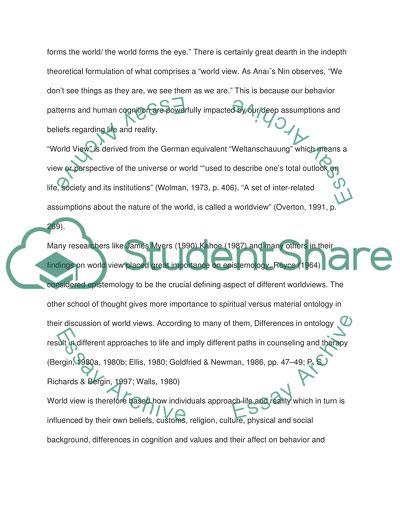Cite this document
(We Are What We Think Essay Example | Topics and Well Written Essays - 4250 words, n.d.)
We Are What We Think Essay Example | Topics and Well Written Essays - 4250 words. Retrieved from https://studentshare.org/psychology/1713778-nt-in-review-neuroscience
We Are What We Think Essay Example | Topics and Well Written Essays - 4250 words. Retrieved from https://studentshare.org/psychology/1713778-nt-in-review-neuroscience
(We Are What We Think Essay Example | Topics and Well Written Essays - 4250 Words)
We Are What We Think Essay Example | Topics and Well Written Essays - 4250 Words. https://studentshare.org/psychology/1713778-nt-in-review-neuroscience.
We Are What We Think Essay Example | Topics and Well Written Essays - 4250 Words. https://studentshare.org/psychology/1713778-nt-in-review-neuroscience.
“We Are What We Think Essay Example | Topics and Well Written Essays - 4250 Words”, n.d. https://studentshare.org/psychology/1713778-nt-in-review-neuroscience.


